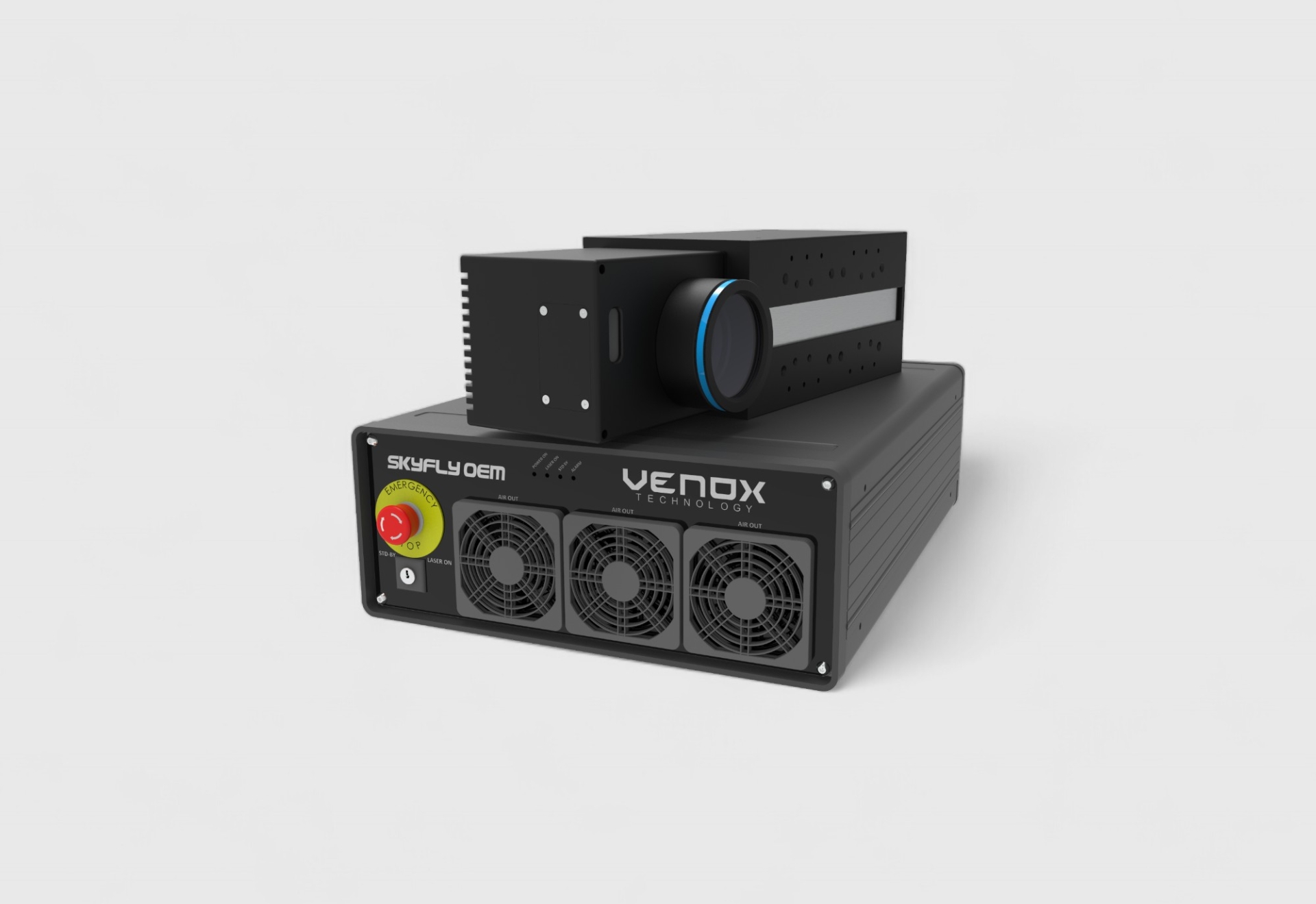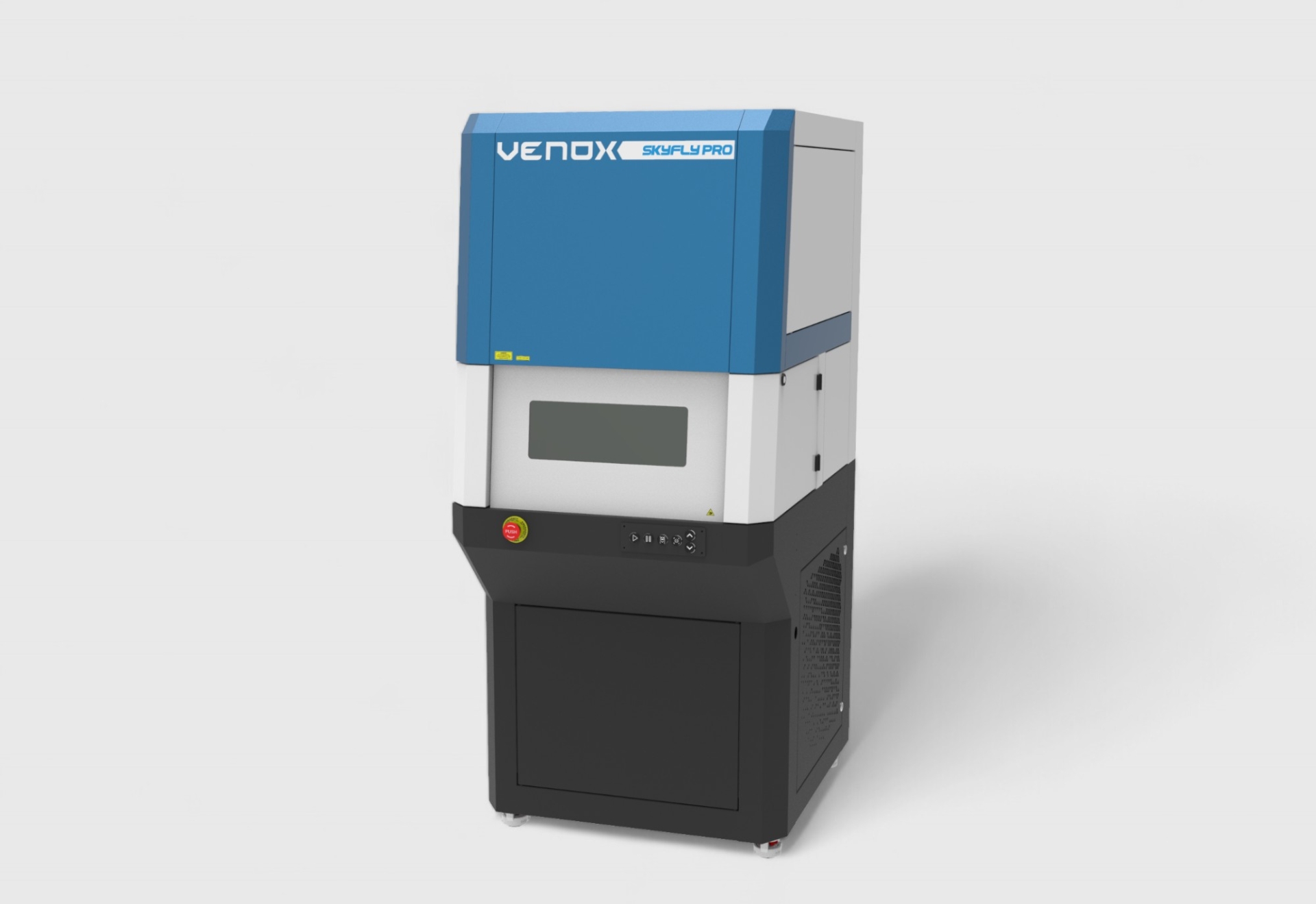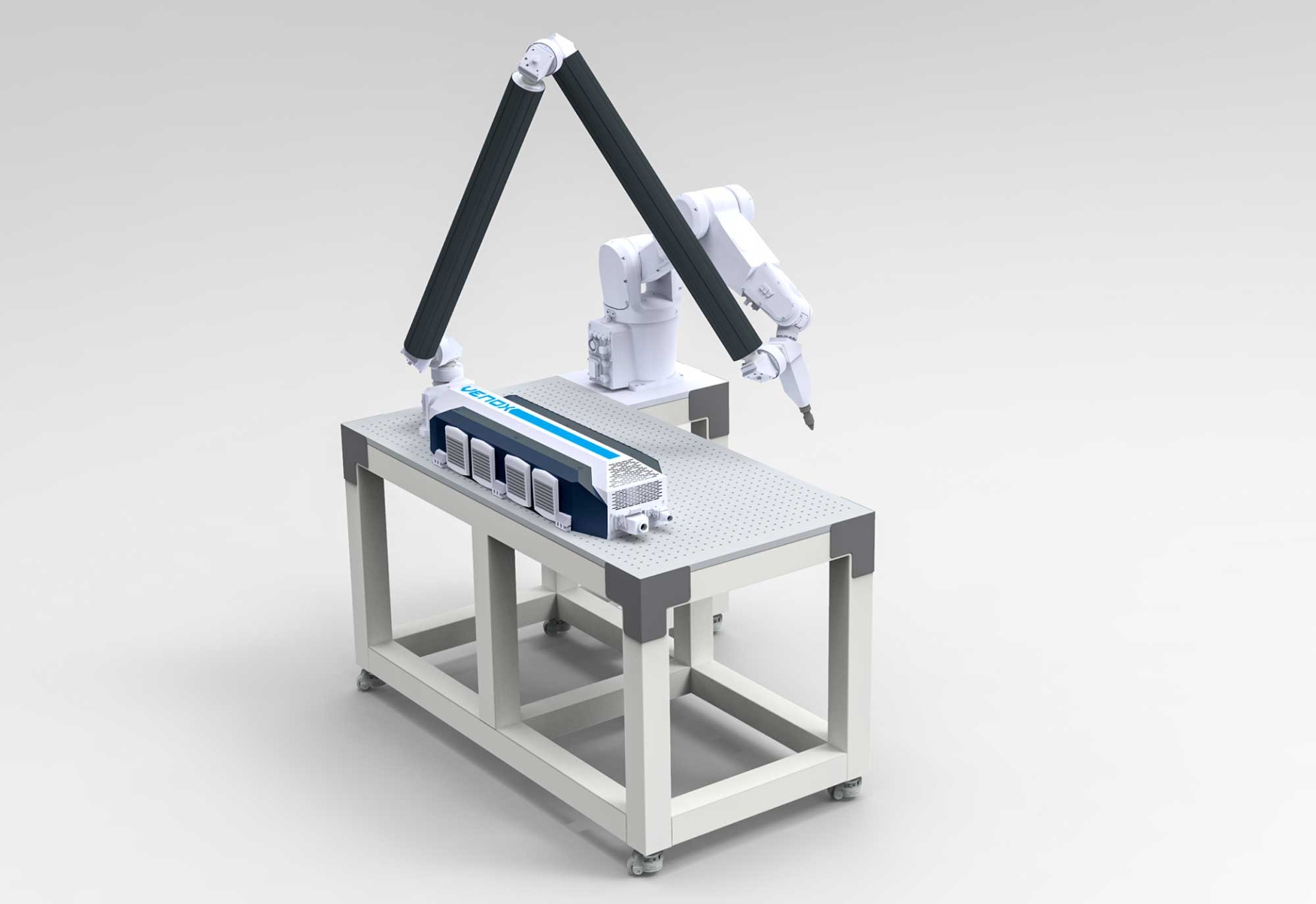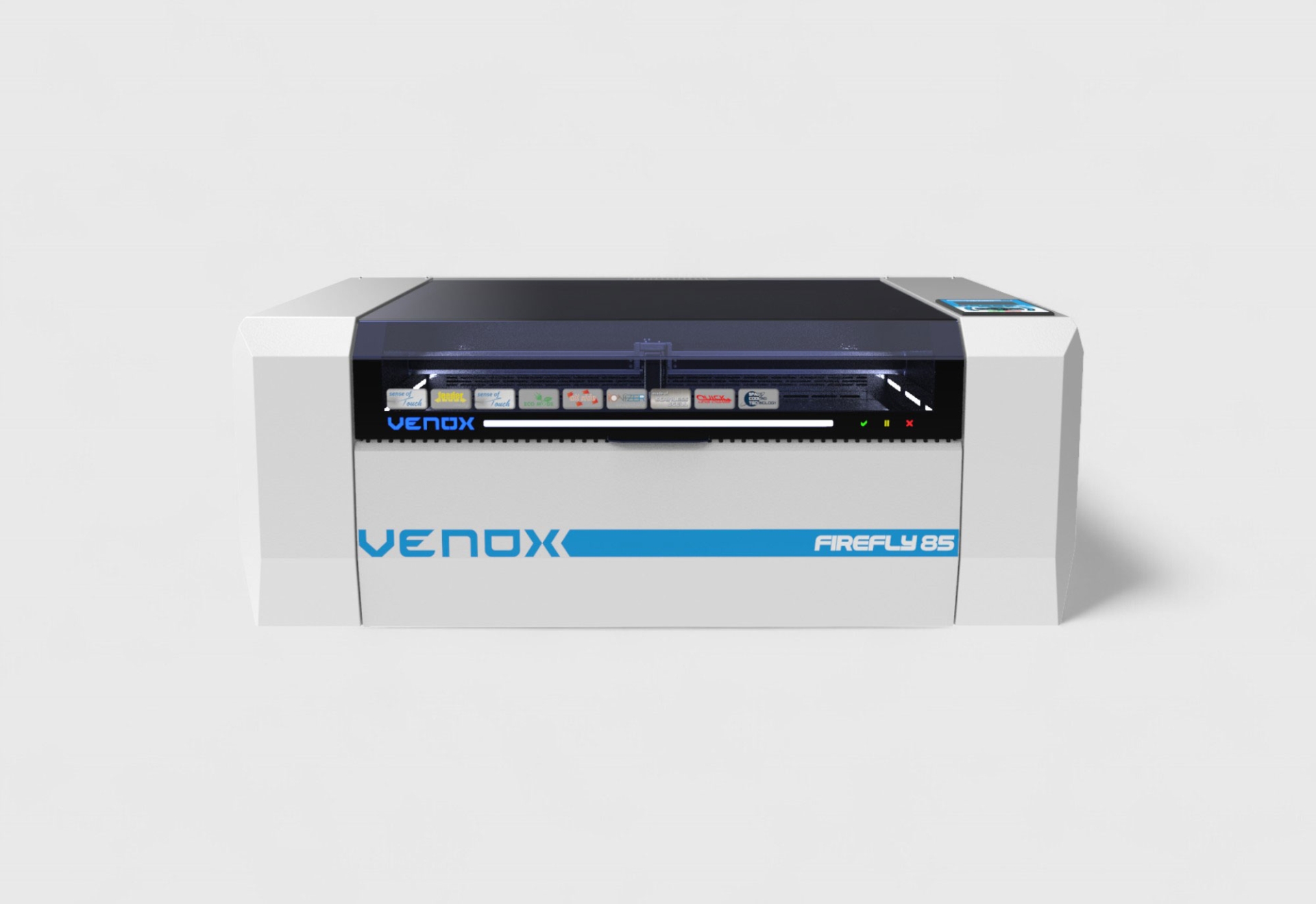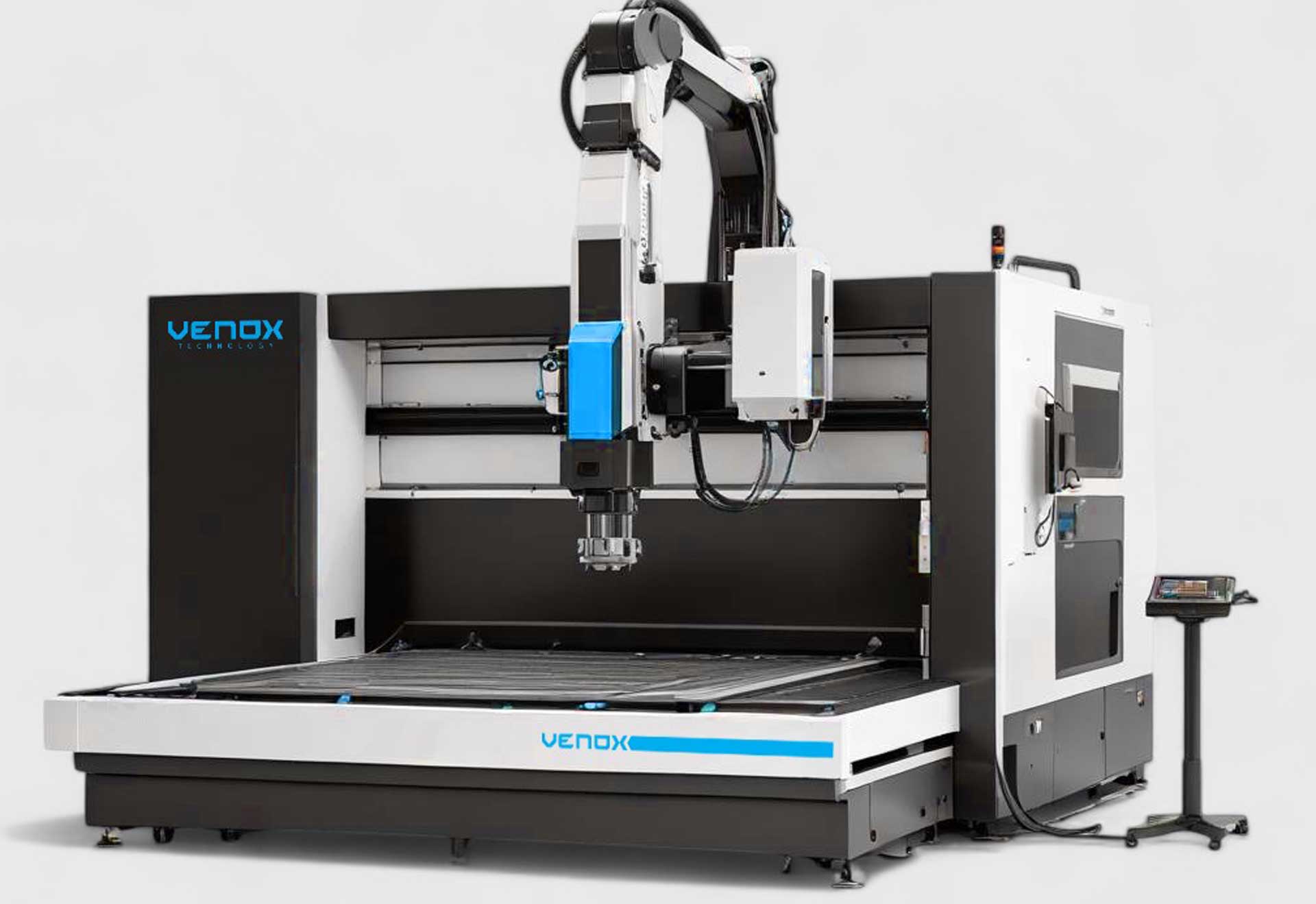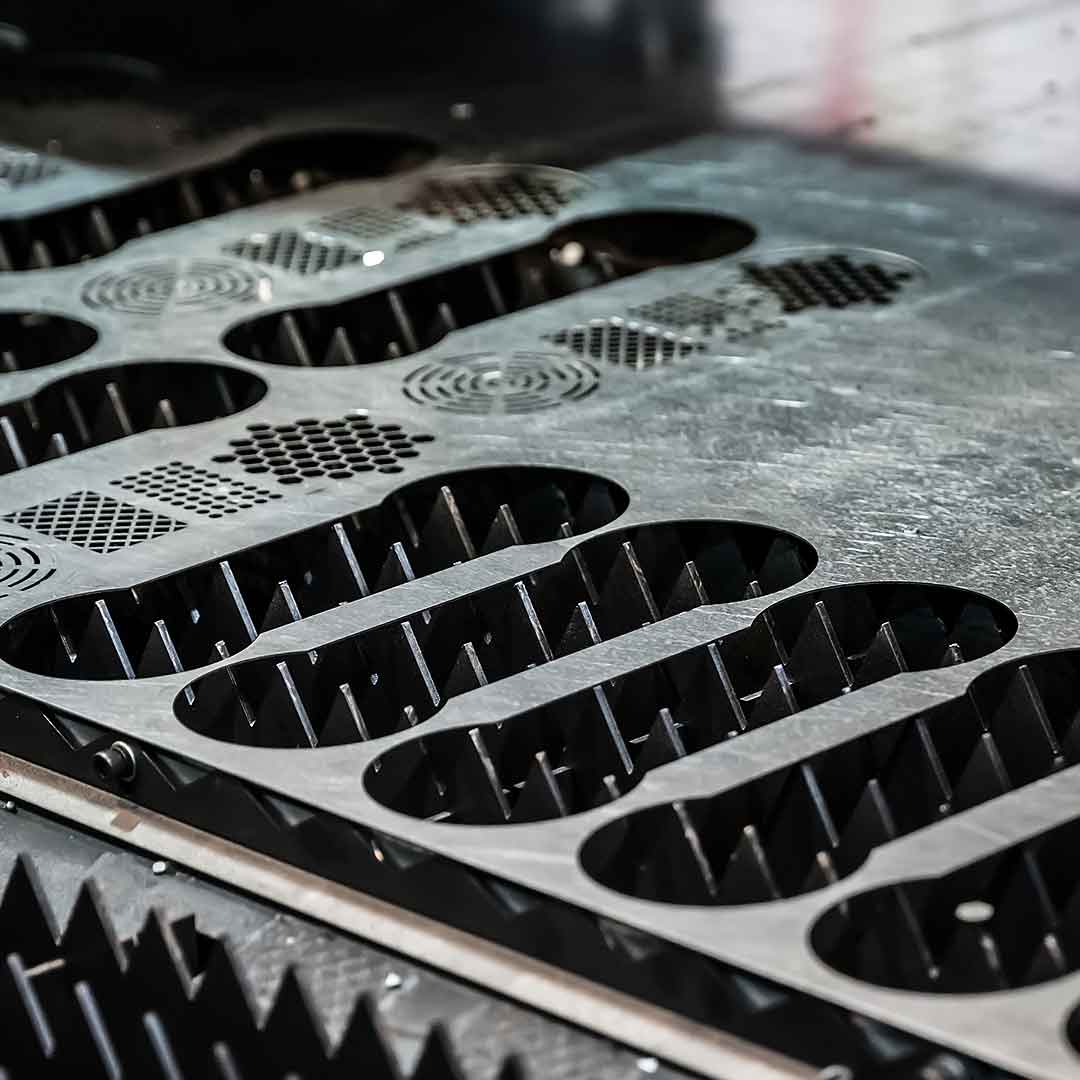What Is Laser Paint Removal?
Basic Definition
Laser paint removal is the process of controllably removing the paint layer from metal or plastic surfaces using the high energy of a laser beam. This method exposes the underlying surface and is used for both decorative and industrial marking.
Operating Principle
The laser beam is focused on the surface, lifts the paint layer at micron level, and reveals the underlying metal or plastic with clear contrast. In this way, logos, text, barcodes, or patterns are processed cleanly and precisely.
Advantages of Laser Paint Removal
High Contrast
When the paint is removed and the base surface is exposed, a clear contrast is created. This is especially preferred in applications that require high visual quality.
No Chemical Use
No chemical solvents or abrasive methods are used. This provides an environmentally friendly production method.
Permanent Marking
The removal is permanent; the paint layer cannot be restored. Therefore, it supports anti-counterfeiting and long-term traceability.
Flexibility
Thanks to CAD/CAM-based software, any pattern, logo, or text can be applied with ease.
Applications
Automotive Industry
On painted metal parts, control panels, and buttons, clear and long-lasting markings are achieved by laser removal.
Electronics
Used on paint-coated aluminum or plastic surfaces for serial numbers, barcodes, and QR code applications.
Advertising and Decoration
Laser paint removal offers aesthetic solutions for decorative signs, logos, and personalized gift products.
Medical and Pharmaceutical Industry
Permanent marking can be provided on painted surgical instruments and medical devices.
Methods of Laser Paint Removal
Selective Ablation
The paint layer is partially removed, making the base surface pronounced. This method is suitable for high-contrast logos.
Complete Removal
The paint layer is completely removed, fully revealing the underlying surface.
Multi-Layer Paint Processing
On surfaces with paint layers in different colors, multi-color patterns can be created by laser removal.
Technical Features
Laser Type
Typically, fiber lasers or CO₂ lasers are used. Fiber lasers are more effective on metals, while CO₂ lasers are better for plastics and organic materials.
Precision
Laser removal provides micron-level precision, enabling fine text and patterns to be processed with high clarity.
Marking Area
Different working areas from 100 × 100 mm up to 300 × 300 mm can be used.
Automation Integration
Laser paint removal machines can be integrated into in-line marking systems and used on mass-production lines.
Machine Selection Criteria
Paint Type
The appropriate laser source should be selected for epoxy, acrylic, or powder-coat finishes.
Material Type
Fiber lasers are more suitable for metal surfaces, while CO₂ laser machines are preferable for plastic surfaces.
Production Volume
Compact machines are ideal for small workshops, while industrial laser machines should be chosen for mass production.
Quality and Readability
For high-resolution applications, laser machines with vision systems should be selected.
